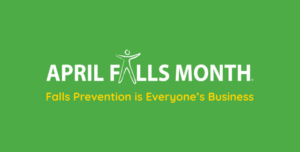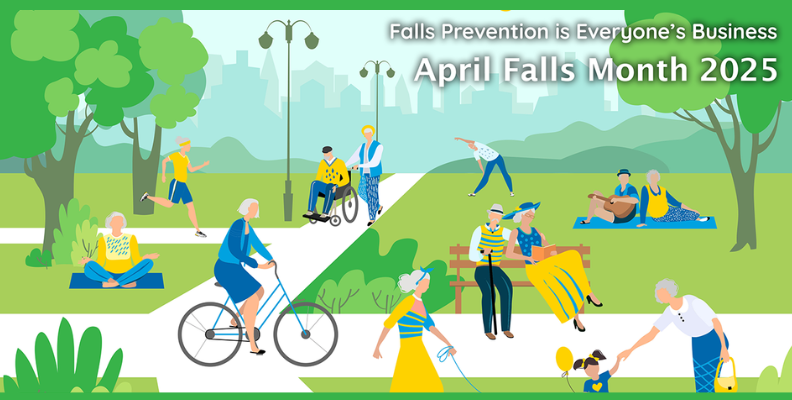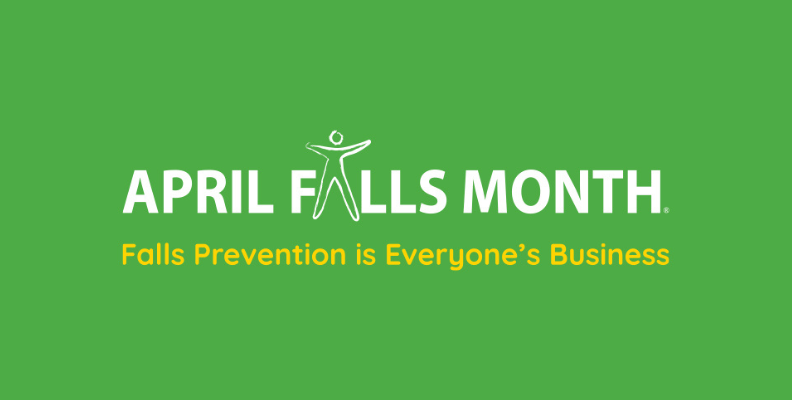Subtotal $0.00
Falls among older adults can have a major impact on quality of life, yet they don’t have to be an inevitable part of aging. Through evidence-based strategies and community support, seniors can reduce their risk and maintain their independence. In this blog, we explore practical approaches to falls prevention, offering actionable tips and resources to help you or your loved ones stay safe and healthy.
Understanding Falls Prevention
Falls prevention focuses on minimizing the risk factors that can lead to falls, especially among seniors. Key elements include:
- Improving Strength and Balance:
Regular exercise—such as balance and strength training—can significantly lower the risk of falls and enhance overall mobility. - Home Safety Assessments:
Identifying and addressing hazards at home, like poor lighting or cluttered walkways, creates a safer living environment. - Community-Based Programs:
Local initiatives and group classes provide seniors with essential education on falls prevention while fostering social connections and support.
On April Falls Day 2025, may every gentle cascade remind us that growth often follows a graceful fall.

On April Falls Day 2025, may every gentle cascade remind us that growth often follows a graceful fall
Many programs have been developed to help older adults reduce their risk of falling using proven methods:
- Exercise and Balance Classes:
Numerous community centres and healthcare providers offer classes aimed at improving balance, strength, and flexibility. - Home Modification Consultations:
Expert advice on home modifications can make everyday living spaces safer by removing common fall hazards. - Health Assessments and Screenings:
Regular check-ups help identify risk factors such as vision issues or medication side effects that may increase the likelihood of falls.
Community Initiatives & Support
A strong network of community initiatives plays a vital role in falls prevention. Some effective approaches include:
- Awareness Workshops and Events:
Many local organizations host educational events and workshops that provide practical fall prevention tips and encourage proactive health management. - Collaborative Efforts with Healthcare Providers:
Clinics and health professionals work together to implement and promote evidence-based programs designed to reduce falls and support healthy aging. - Support Groups:
Community groups offer a space for seniors to share experiences, learn from peers, and build a supportive network that encourages safe living practices.
Benefits of Falls Prevention
Implementing these strategies offers numerous benefits:
- Enhanced Independence:
Reducing fall risk helps seniors maintain mobility and independence, allowing them to live life on their own terms. - Improved Quality of Life:
Fewer falls mean fewer injuries and hospital visits, contributing to a more active and fulfilling lifestyle. - Cost Savings:
Preventing falls can significantly reduce healthcare expenses and financial burdens for both individuals and the wider community.
How You Can Get Involved
Falls prevention is a community effort, and everyone can play a part. Here are some ways to get involved:
- Attend Local Workshops:
Check with community centres and healthcare providers for upcoming falls prevention workshops and events. - Schedule an Age appropriate Health assessment your own GP:
Reach out to local health experts to arrange a health assessment to be determined for and arrange a referral to Home Safety assessment as appropriate. - Stay Informed:
Follow local health blogs, newsletters, and social media channels for the latest updates and tips on falls prevention. - Share the Message:
Educate your family, friends, and neighbours about the importance of falls prevention, creating a supportive network dedicated to healthy aging.
Falls prevention is a crucial aspect of healthy aging. By embracing evidence-based strategies—from balance training and home safety improvements to community support—you can significantly reduce the risk of falls and enjoy a higher quality of life. Taking proactive steps today ensures a safer, more independent future for you and your loved ones.
If you or someone you care about is at risk of falling, contact your local healthcare provider to learn more about available falls prevention programs and take the first step toward a safer future.




Comments are closed